The Spanish tercios were renowned in the 16th and 17th centuries as the best infantry in the Western world. They were made up of soldiers not only Spanish, but also of various nationalities, for instance Germans and Italians. The tercios particularly distinguished themselves in Flanders. A distinction is made between the tercios viejos (= old), such as the Tercio viejo de Cartagena, de Lombardia, de Zamora, etc., which existed before the Flanders campaign, and the "young" tercios created subsequently.
The Tercio de Zamora was created in this city in 1580 by the campmaster Francisco Arias de Bobadilla. From its first campaigns, it was nicknamed "the faithful" because of the services rendered to the crown. His feats of arms during the Flanders campaign are innumerable, from the miracle of Empel in 1585 to the final square of the Battle of Rocroi in 1643, the soldiers of the Tercio of Zamora never surrendered, preferring death to dishonor.
A history of the Tercios would require several pages. Obviously, these units, in addition to the companies of pikemen, arquebusiers, musketeers, also included artillerymen, whose role was fundamental during battles. This dagger is therefore one of the stilettos used by non-commissioned officers or artillery officers to clear the cannon lights of calamine between two shots, and they were also used to adjust the elevation to give to the cannon according to the distance of an objective, and for other authors, could also be used to measure the powder charges to use according to the distance.
BLADE: After a baluster-shaped start, the blade has 4 faces that extend to the tip.
The front face has graduations, as usual for all artillery stylets or bombardier daggers. It should be noted that unlike the majority of the blades of these daggers whose graduations go from 1 to 100 or from 1 to 120, here the scale goes up to 140, which supposes a use in relation to pieces of longer range, or of larger caliber.
On the opposite face, we find the inscription: - TERCIO – VIEJO- DE-ZAMORA-
GUARD: this is the small iron guard typical of this type of dagger. It ends with twisted quillons
POMMEL: It is in suite with the quillons, in twisted iron, surmounted by a small button on which the tang of the blade is riveted. GRIP : it is made of dark wood, twisted, with inlaid bone pellets, according to the Italian fashion of the time.
This unusual dagger is one of the rare testimonies of the legendary Spanish Tercios, whose exploits during the harsh Flanders campaign are part of history.
Ref C-2452
Shipping costs France 20€, Europe 30€




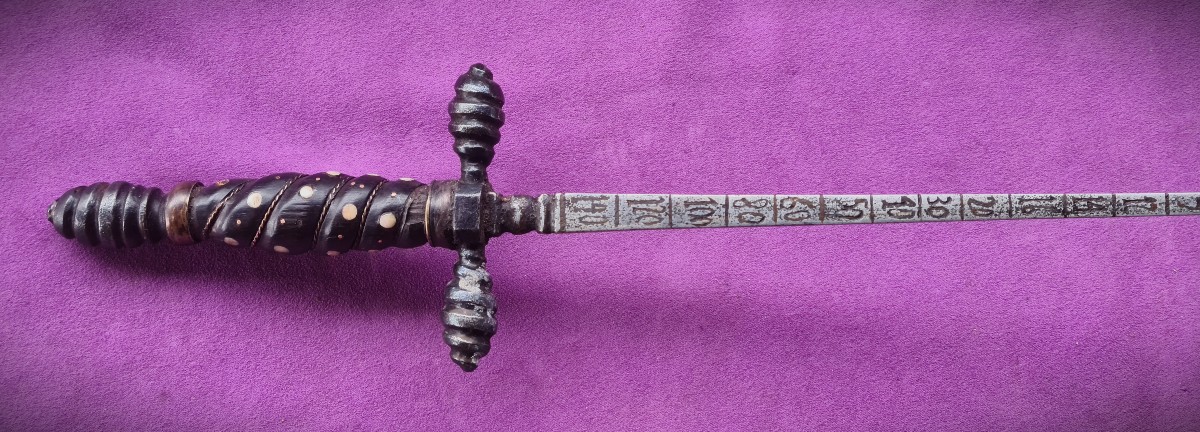



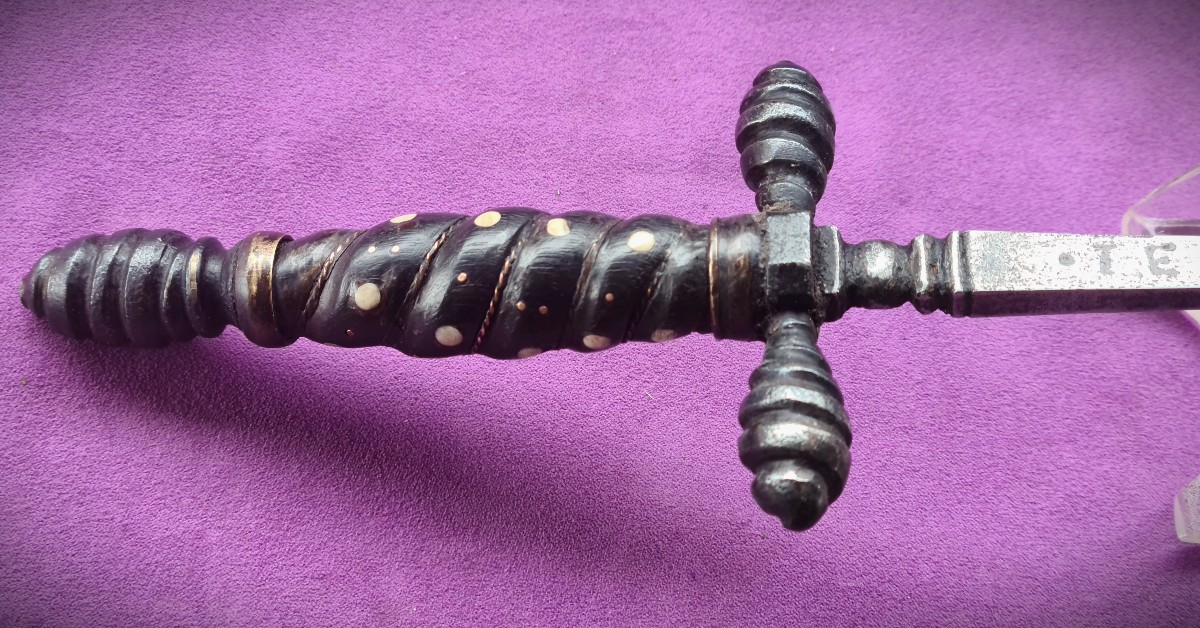

















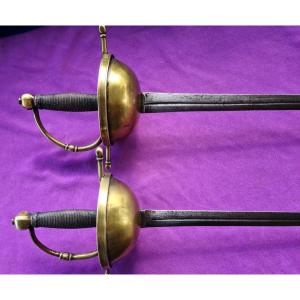

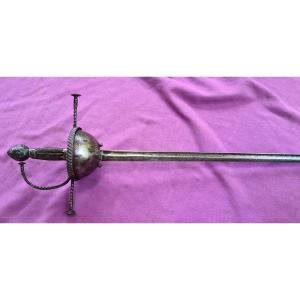

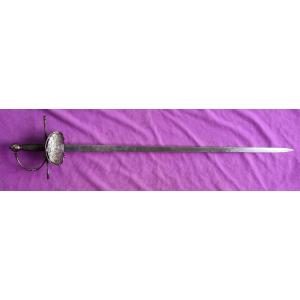

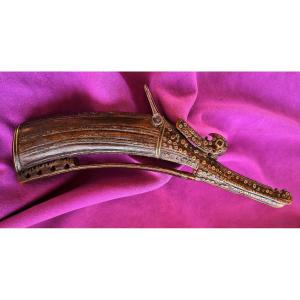



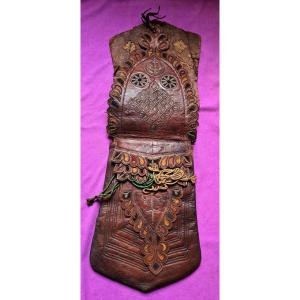


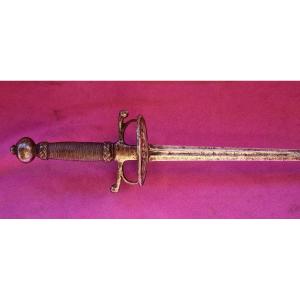


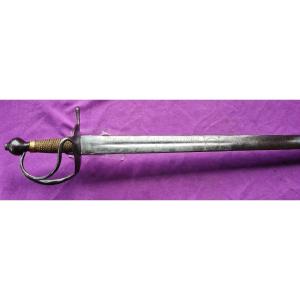





 Le Magazine de PROANTIC
Le Magazine de PROANTIC TRÉSORS Magazine
TRÉSORS Magazine Rivista Artiquariato
Rivista Artiquariato